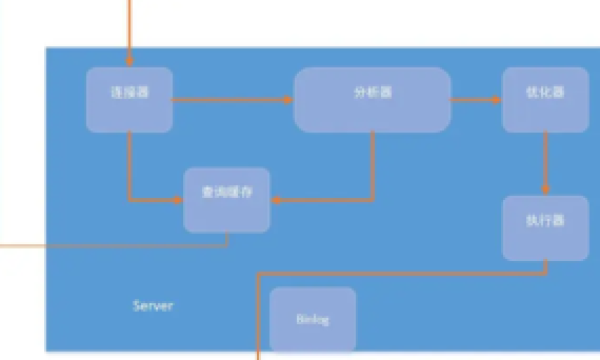—-1.分组函数–
select max(tfi.expected_scale) max1,
min(tfi.expected_scale) min1,
to_char(avg(tfi.expected_scale), ‘9,999,999,999,990.99999’) avg1 —小数点后几位
from t_fund_info tfi
–2.查询日期类型的数据
select tt.last_modify_time, tt.*
from t_fund_info tt
where to_char(tt.last_modify_time, ‘yyyy-mm-dd’) >= ‘2016-03-01’
select tt.last_modify_time, tt.*
from t_fund_info tt
where tt.last_modify_time >= to_date(‘2016-03-01’, ‘yyyy-mm-dd’)
—-3.select 的执行顺序
from -> where -> group by -> having -> select – order by
select max(tt.expected_scale) max1, tt.fund_code
from t_fund_info tt
where tt.last_modify_time >= to_date(‘2016-03-01’, ‘yyyy-mm-dd’)
group by tt.fund_code
having avg(tt.expected_scale) > 1000
order by avg(tt.expected_scale) desc;
—–4.按入职年份和部门进行统计,查询出各部门各入职年份的最高工资和最低工资,多列统计
select to_char(hiredate,’yyyy’),deptno,max(sal),min(sal) from emp group by to_char(hiredate,’yyyy’),deptno;
—-分组查询时注意:
1.带group by的分组查询,执行顺序是先分组group by 后查询 select,即,写在select 后面的列,必须是分组列,或 组函数
2.where条件中不能直接使用组函数
3.分组数据可以使用having字句进行过滤
4.分组列可以不在select子句中显示,select 列中要显示的列,必须出现在group by 分组中(在select 子句中非组函数列,都必须添加到group by 中)
5.having 是对group by分组后的数据进行过滤
6.组查询语句可以使用在:select ,having ,order by 。不能直接使用在


